High-density polyethylene (HDPE) pipes are commonly used for underground cable installation due to their many advantages. Here are some of the reasons why.
Durability: HDPE pipes are strong and durable, making them suitable for underground cable installations that may be exposed to harsh environments, including moisture, chemicals, and UV radiation.
Corrosion resistance: HDPE pipes are resistant to corrosion from soil and other substances, which can protect the cables from damage and extend their lifespan.
Flexibility: HDPE pipes are flexible and can be easily bent to follow the contours of the land, making them ideal for cable installations that require a curved or irregular path.
Low friction: HDPE pipes have a smooth inner surface that creates low friction, reducing the risk of cable damage during installation and future maintenance.
Lightweight: HDPE pipes are lightweight, making them easy to transport and install, which can reduce installation costs.
Overall, HDPE pipes are a reliable and cost-effective solution for underground cable installations, making them a popular choice in the telecommunications and power industries.
Advantages of HDPE pipe for underground cable
High-density polyethylene (HDPE) pipes have several advantages for underground cable installation. Some of the main advantages include:
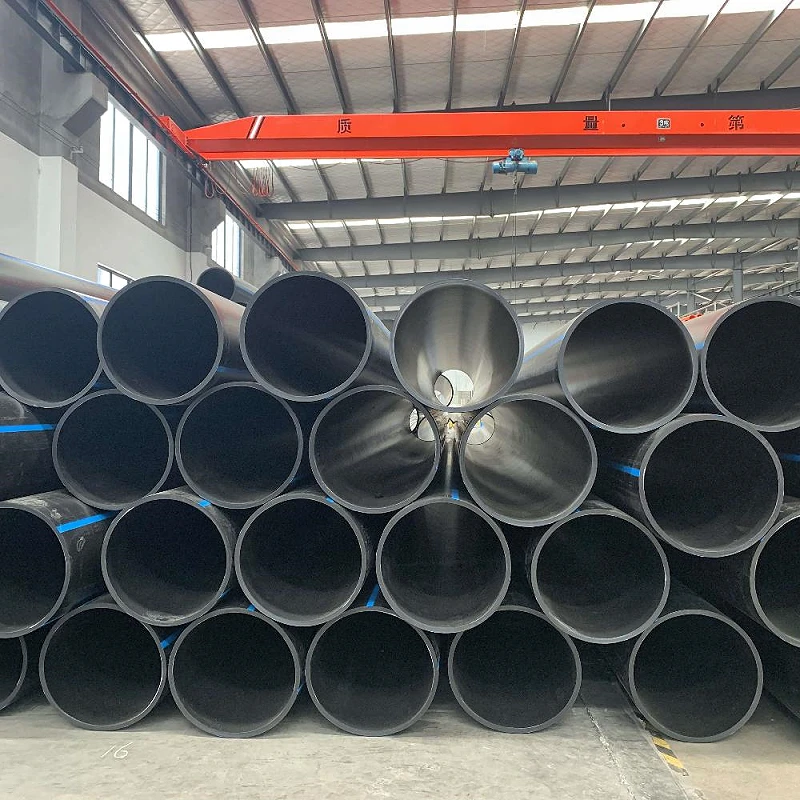
Durability: HDPE pipes are strong and durable, which makes them suitable for underground cable installations that may be exposed to harsh environments, including moisture, chemicals, and UV radiation.
Corrosion resistance: HDPE pipes are resistant to corrosion from soil and other substances, which can protect the cables from damage and extend their lifespan.
Flexibility: HDPE pipes are flexible and can be easily bent to follow the contours of the land, making them ideal for cable installations that require a curved or irregular path.
Low friction: HDPE pipes have a smooth inner surface that creates low friction, reducing the risk of cable damage during installation and future maintenance.
Lightweight: HDPE pipes are lightweight, making them easy to transport and install, which can reduce installation costs.
Long service life: HDPE pipes have a long service life of up to 50 years or more, which means that they require less maintenance and replacement than other materials.
Cost-effective: HDPE pipes are a cost-effective solution for underground cable installations, with lower installation and maintenance costs compared to other materials such as PVC or steel pipes.
Eco-friendly: HDPE pipes are made from recycled materials and are recyclable themselves, making them an environmentally friendly option for underground cable installation.
Overall, HDPE pipes offer several advantages for underground cable installation, including durability, flexibility, low friction, and cost-effectiveness, which make them a popular choice in the telecommunications and power industries.
HDPE pipe for underground cable specification
The specifications for HDPE pipes used for underground cable installation can vary depending on the specific application and requirements. Here are some general specifications to consider.HDPE (High-Density Polyethylene) pipe is commonly used for underground cable installation due to its durability, flexibility, and resistance to corrosion and impact. Here are some detailed specifications for HDPE pipes used for underground cable.
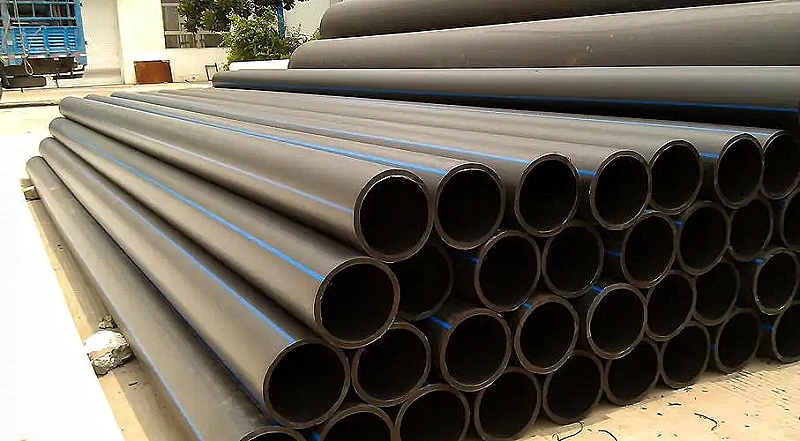
Pipe diameter: The diameter of the HDPE pipe should be appropriate for the cable size and the required flow capacity.
Wall thickness: The wall thickness of the HDPE pipe should be appropriate for the intended burial depth and the soil conditions.
Pressure rating: The HDPE pipe should have an appropriate pressure rating based on the cable application and installation requirements.
Length: The HDPE pipe can be supplied in various lengths depending on the project requirements. It can be supplied in coils or straight lengths.
Color: The color of the HDPE pipe can vary, but it is often specified as black to provide UV resistance and prevent damage from exposure to sunlight.
Standards: The HDPE pipe should meet relevant standards such as ASTM F714, ASTM D3035, or ISO 4427.
Certification: The HDPE pipe should be certified to meet the required standards and specifications, and the manufacturer should provide a certificate of compliance.
Jointing method: The jointing method of the HDPE pipe can vary depending on the project requirements, but common methods include butt fusion, electrofusion, and mechanical joints.
Material: HDPE pipe used for underground cable should be made of virgin high-density polyethylene material, which conforms to the minimum requirements of ASTM D3350.
Pipe Diameter: The diameter of the HDPE pipe should be as per the required cable size and should be specified in the project specifications. Common diameters for underground cable installation are 1 inch, 1.25 inch, 1.5 inch, and 2 inches.
Pressure Rating: HDPE pipes used for underground cable should have a pressure rating of at least 100 psi (6.9 bar). This rating ensures that the pipe can withstand the pressure generated during the installation process.
Color: HDPE pipes used for underground cable should be colored in blue or black to indicate that they are used for communication or power cables.
Wall Thickness: The wall thickness of the HDPE pipe should be designed to withstand the anticipated loads during installation and operation of the cable. The minimum wall thickness should be 0.25 inches for pipes with a diameter of up to 2 inches.
Coefficient of Friction: The coefficient of friction of the HDPE pipe should be low to facilitate easy cable pulling. The recommended coefficient of friction is 0.2.
Jointing: HDPE pipes used for underground cable should be joined using butt fusion, electrofusion, or mechanical fittings. The jointing method should be specified in the project specifications.
Installation: The installation of HDPE pipes used for underground cable should be carried out as per the manufacturer's recommendations and project specifications. The pipes should be buried at a minimum depth of 18 inches and should be protected from damage during installation and operation.
Testing: HDPE pipes used for underground cable should be tested for hydrostatic strength, joint tightness, and dimensional requirements as per the relevant ASTM standards.
It is important to consult with a qualified engineer or contractor to determine the appropriate HDPE pipe specifications for a specific underground cable installation project.
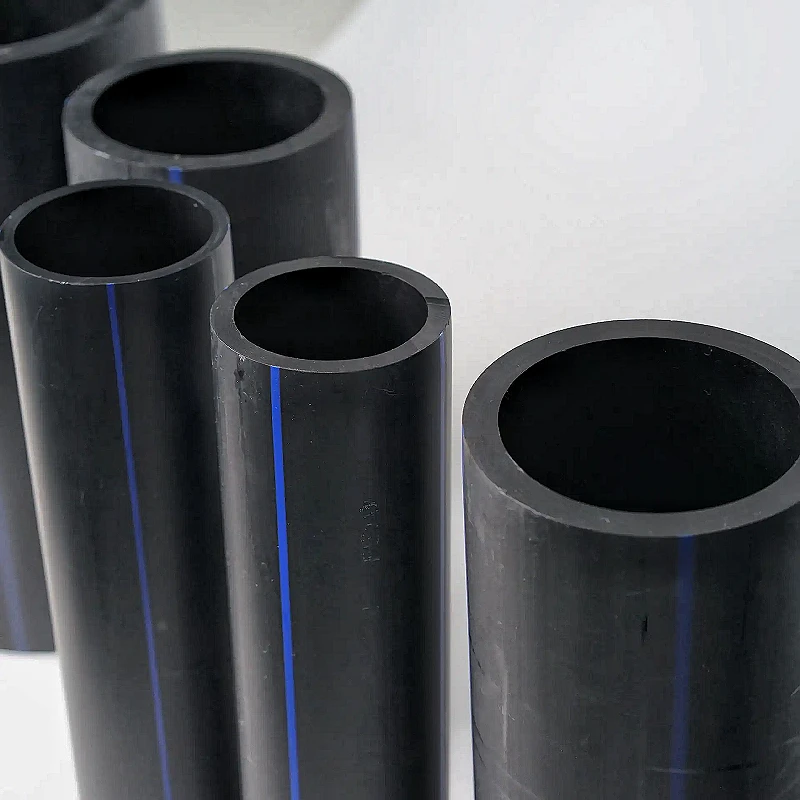
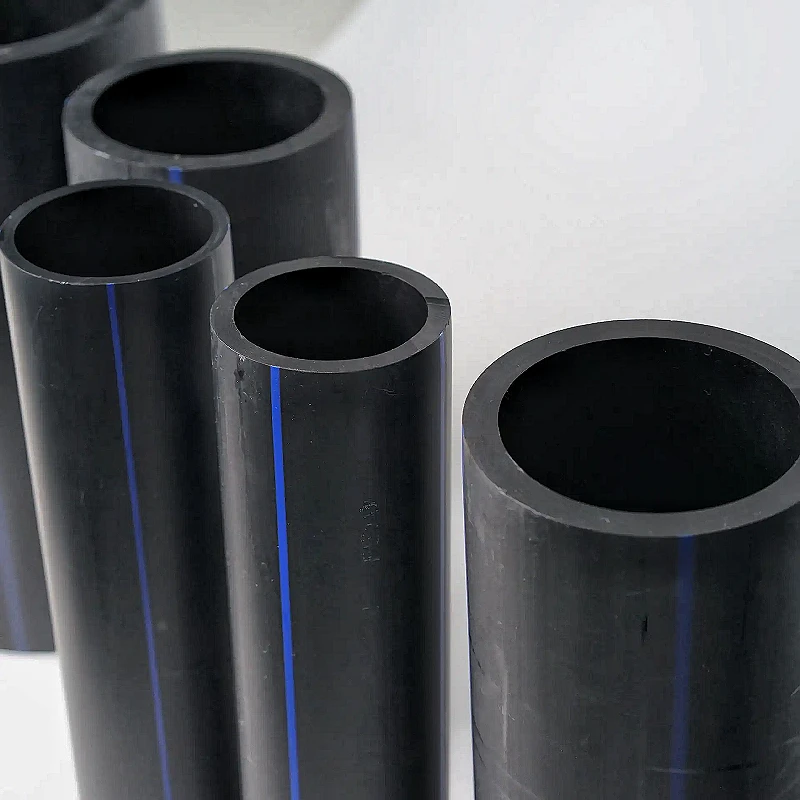
688.webp)
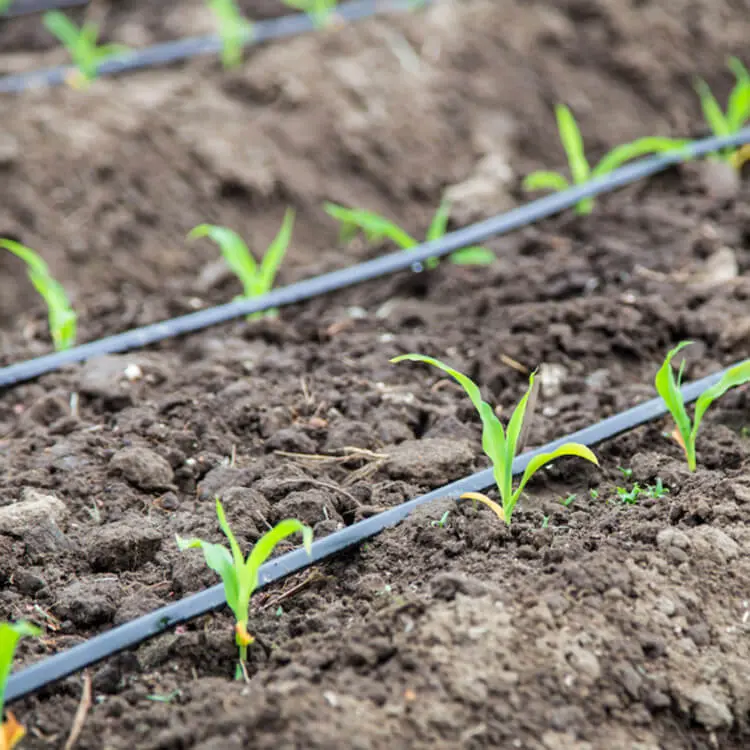
781.webp)
678.webp)
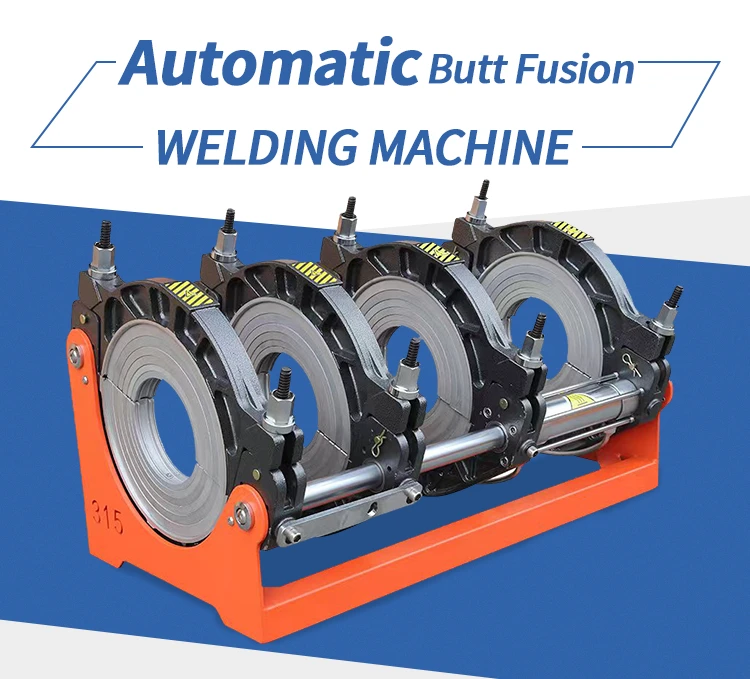

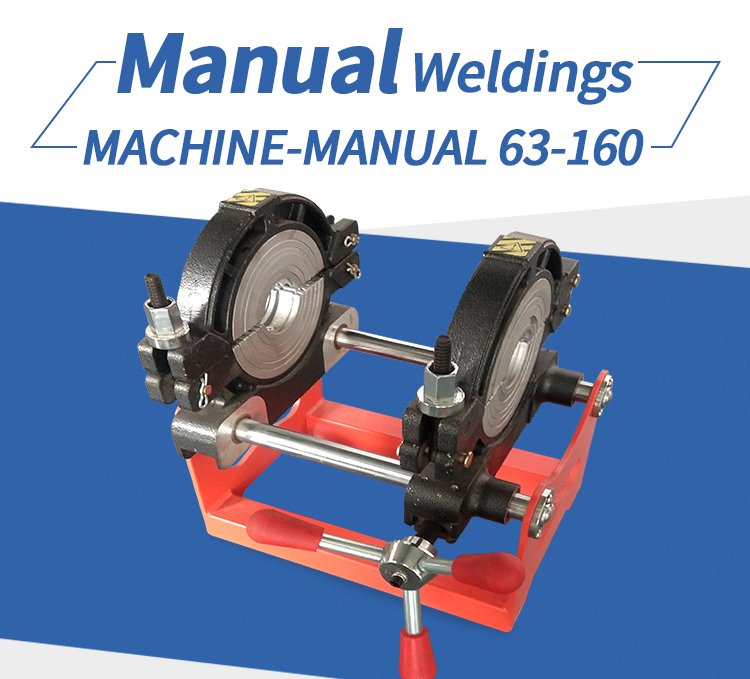


659.webp)
210.webp)


